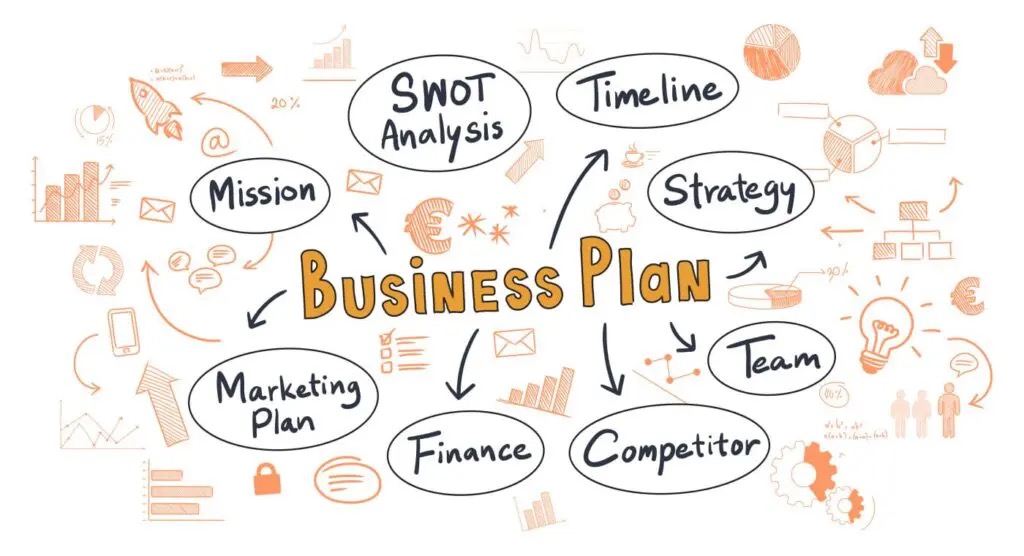One of the biggest financial headaches for business owners is inconsistent cash flow. Revenue often comes in waves, potentially creating financial stress when expenses remain constant. If you’re a business owner struggling with this challenge, here are some strategies that can help smooth out cash flow throughout the year.
1. Maintain a Cash Reserve
- The ideal amount to keep in your business depends on your industry and risk tolerance, but a good rule of thumb is to maintain three to six months of operating expenses in a liquid account.
- When calculating your reserve, exclude any discretionary expenses you could cut in a downturn. Many business owners make the mistake of holding too much in cash, which reduces the opportunity for that money to work for them. Instead, identify essential fixed costs and consider only keeping cash reserves based on those numbers.
- For example, if your business has monthly expenses of $20,000 but $5,000 of that is discretionary (such as marketing, travel, or software you could downgrade), you may only need $45,000–$90,000 in reserves instead of a full $120,000.
2. Consider a Business Line of Credit
- A line of credit can provide working capital during slow months and acts as a financial safety net.
- Having this in place before you need it is key lenders look more favorably on businesses with stable finances rather than those in distress.
- This is not something you need to use, but rather a backup plan if something unexpected happens. Think of it as an additional emergency fund that can help you bridge the gap if cash flow slows down temporarily.
- For example, if a major client delays payment, a line of credit can help cover payroll or essential expenses without dipping into long-term reserves.
3. Diversify Your Client Base
- Relying on just a few large clients makes your business vulnerable.
- Spreading revenue across multiple clients helps reduce risk and ensures more consistent cash flow.
4. Set Stricter Payment Terms
- Reduce payment delays by structuring contracts with clear and enforceable payment terms. For example, consider:
- Requesting 50% upfront and 50% upon completion for large projects.
- Offering discounts for early payments.
- Charging late fees to encourage timely payments.
5. Consider a Subscription Model
- If possible, shift to a recurring revenue model with monthly payments.
- This creates predictable income instead of large one-time payments.
6. Keep More Money in Liquid Accounts
- Avoid over-investing in illiquid assets like real estate or retirement accounts.
- Maintain accessible funds in high-yield savings or money market accounts for emergencies.
7. Control Fixed Costs
- Audit your fixed expenses and cut unnecessary overhead.
- Leverage technology and automation to reduce costs.
8. Invoice Efficiently & Offer Multiple Payment Options
- Send invoices promptly and follow up on outstanding balances.
- Offer multiple payment options (credit card, ACH, etc.) to make it easier for clients to pay.
9. Plan for Seasonal Fluctuations
- If your business has seasonal trends, forecast income and expenses accordingly.
- Save excess cash during peak months to cover slower periods.
10. Leverage Retainers for Service-Based Businesses
- For businesses providing ongoing services, consider charging a retainer fee.
- This can create steady cash flow while keeping long-term clients engaged.
By implementing these strategies, business owners can gain more control over their finances and reduce the stress of unpredictable income. If you’re struggling with cash flow management, consider working with a financial professional to tailor these solutions to your business needs.
Content in this material is for general information only and is not intended to provide specific financial advice or recommendations for any individual. Consult with a qualified professional for advice regarding your specific situation.
CRN202710-8152698


